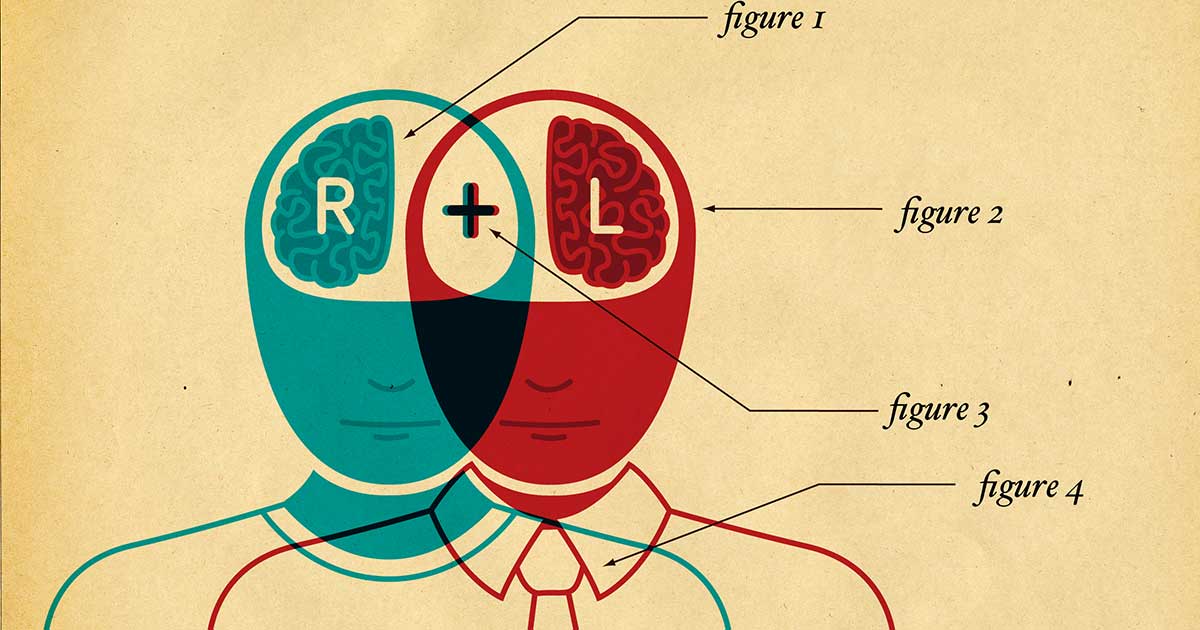How to Lose Body Fat, According to Science

We explain how to lose body fat from a scientific standpoint, and offer simple science-based advice on dieting, weight loss, and exercise.
Biology (or Biological Science) is the study of living organisms.

We explain how to lose body fat from a scientific standpoint, and offer simple science-based advice on dieting, weight loss, and exercise.

Carbohydrates (especially simple ones like sugars) “spike” blood sugar (glucose) levels. This triggers insulin production, causes hunger, and primes the body for weight gain.

Studies have shown there is no single determinant of sex, gender, or sexuality. In terms of both sex (genetic) and gender (a social construct), a binary distinction of “male or female” fails to describe a wide range of humans in practice. Meanwhile, sexuality (a preference) eludes any simple categorization as well. Simply put, despite some binary aspects (for example a person either has a Y gene or they don’t), Gender, Sex, and Sexuality are all non-binary and each is instead a complex spectrum… and we can prove it with science and logic.

The average human uses 100% of the brain on a daily basis, and there is no “silent areas” of a normal healthy human brain.

You don’t have to wait to swim after you eat. Swimming after eating doesn’t cause cramps and has minimal to no effect on swimming performance.

Nettie Stevens and Edmund Beecher Wilson independently discovered the chromosomal XY sex-determination system (that males have XY and females have XX sex chromosomes).

Whether or not machines can think, depends on our definition of “think.” Generally we can say, machines can think, but they think differently than humans.

Mammals don’t start as females, they start as a blank slate with XX or XY genetic code, and for the first 5-6 weeks of gestation only the X gene expresses.

Science suggests people are born in a range of places in the gay and transgender spectrum, with both nature and nurture playing a role in sexuality.

We know liberals and conservatives think differently, however science suggests differences not only in thinking process, but in brain structure as well.